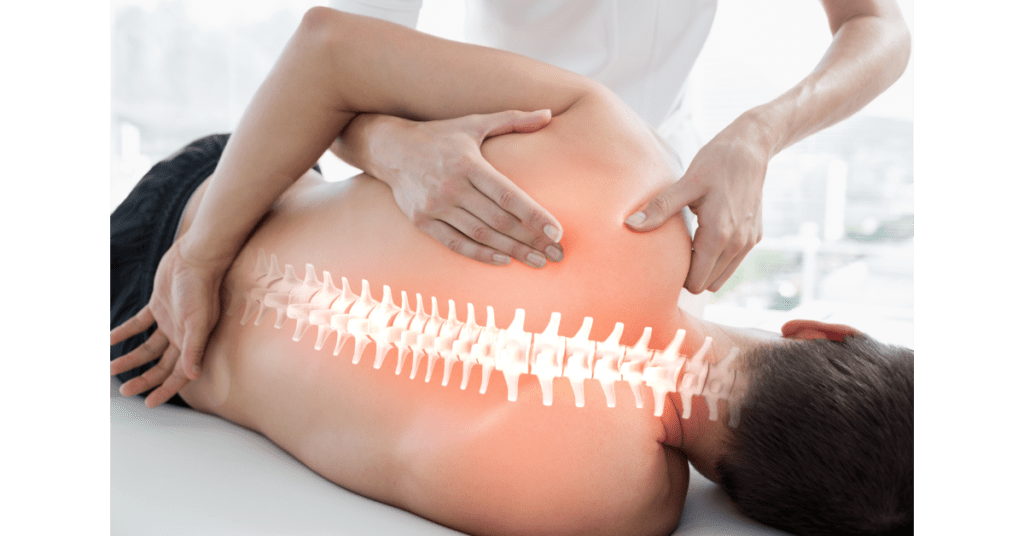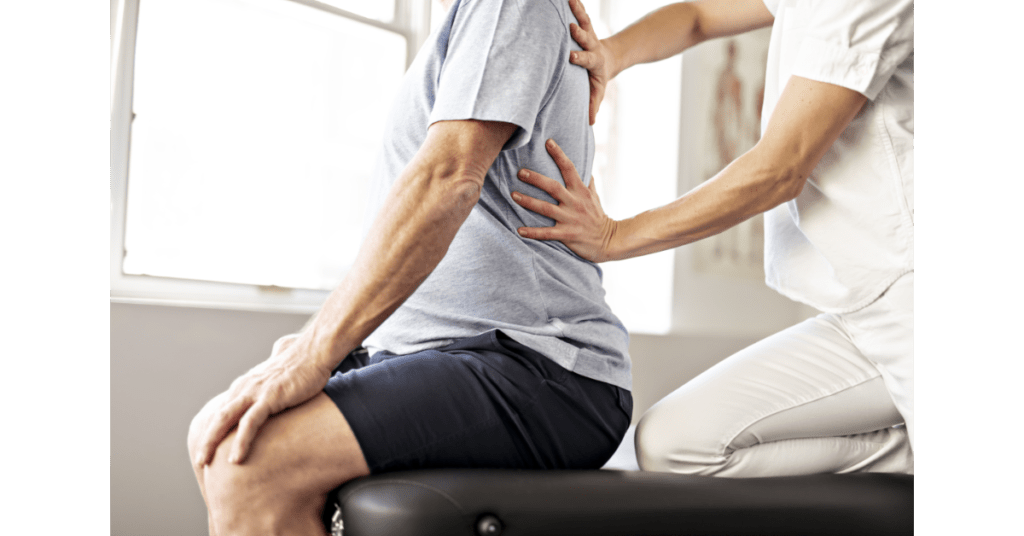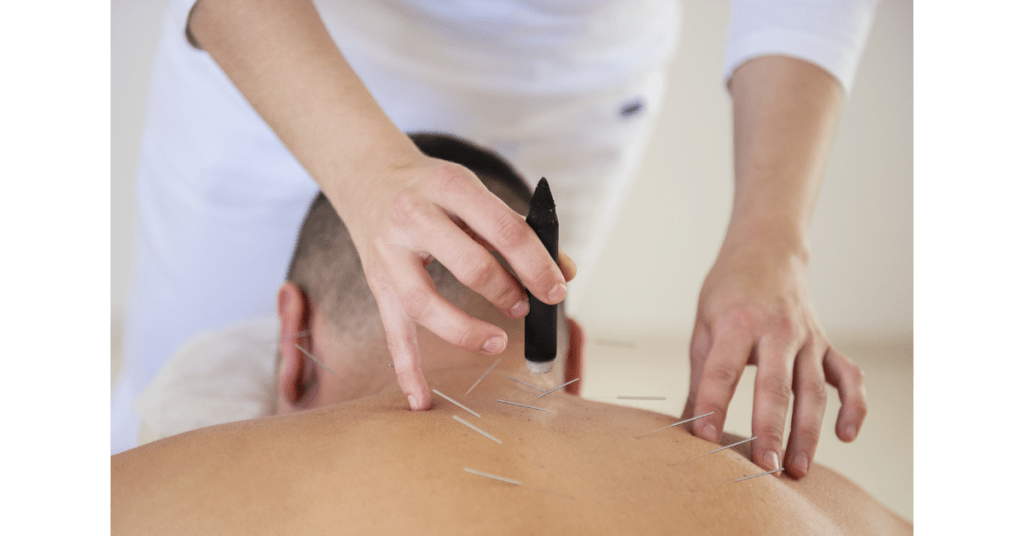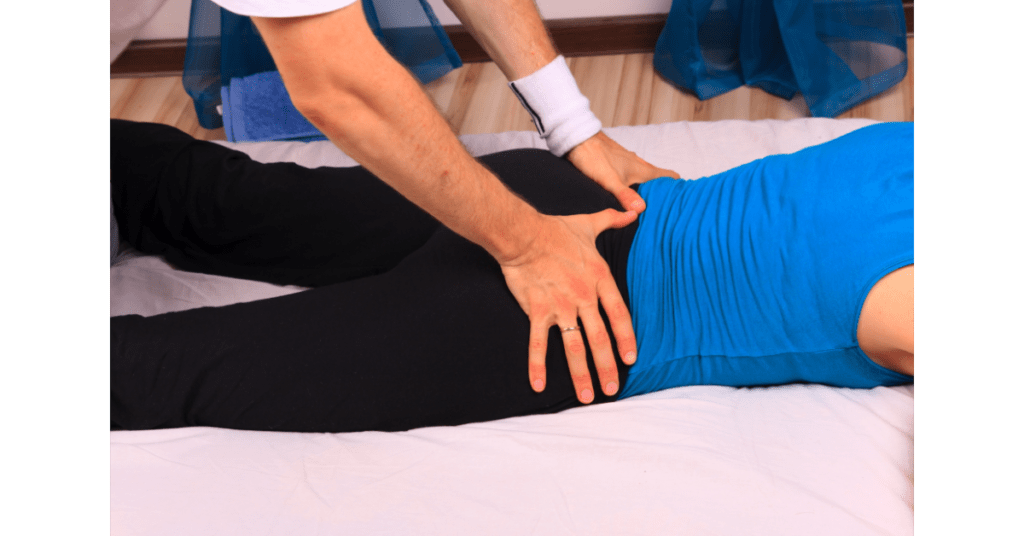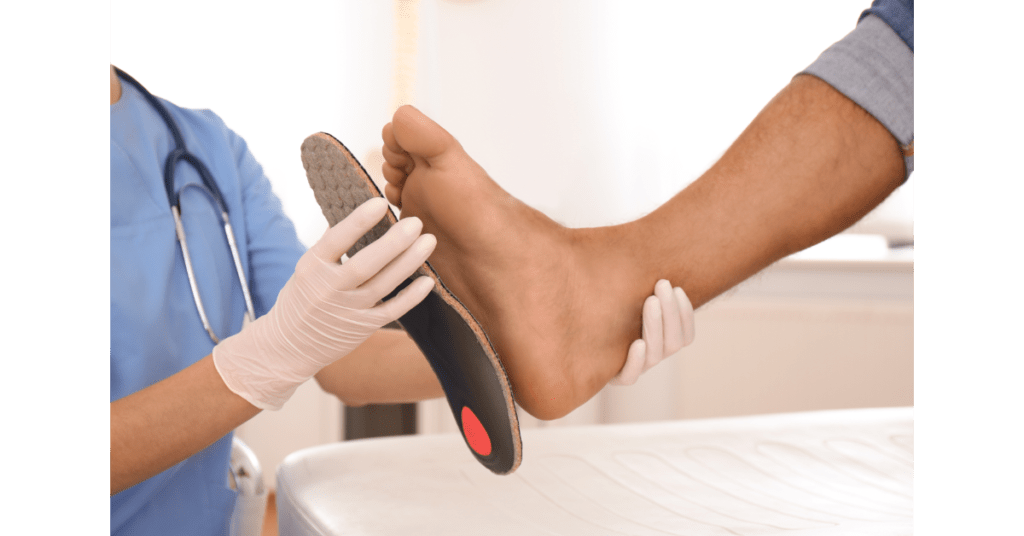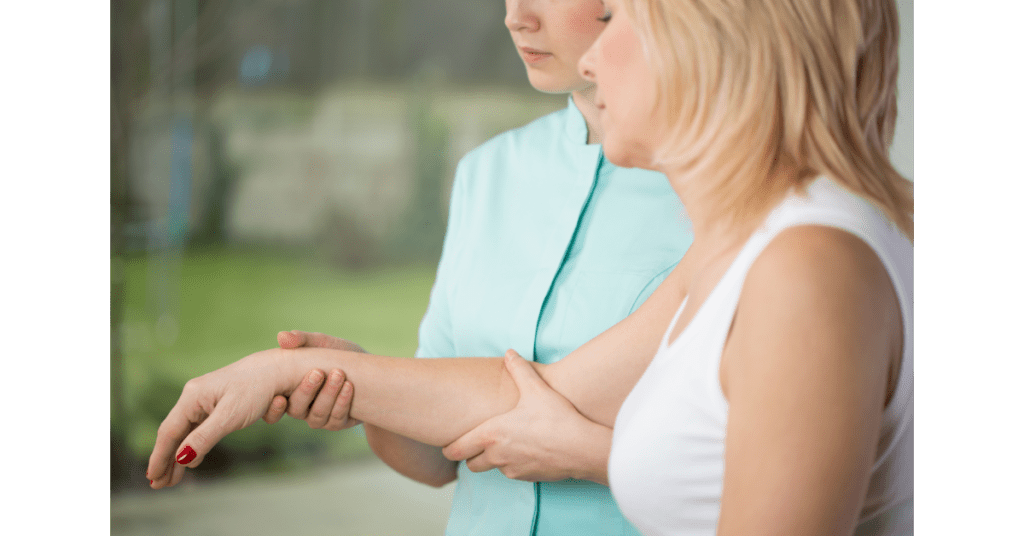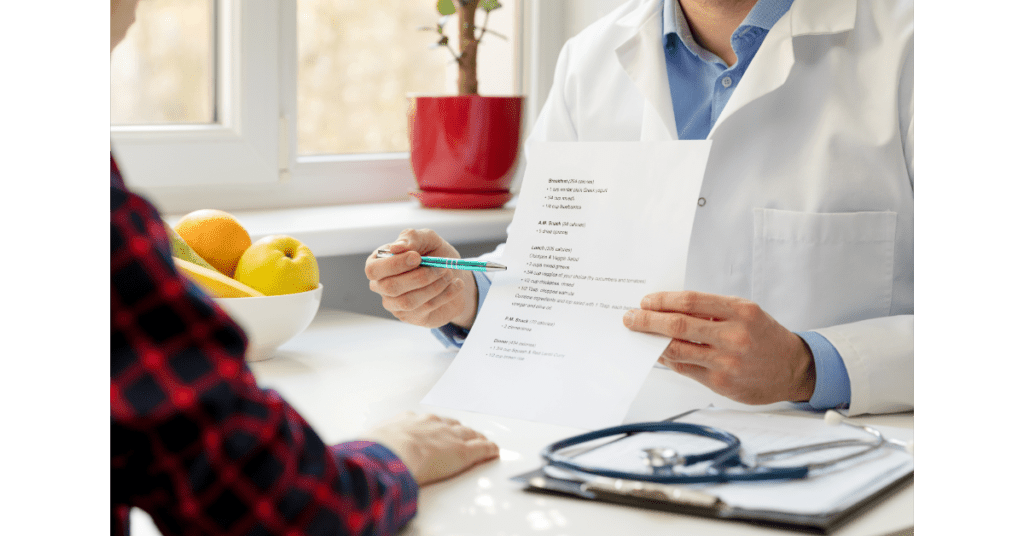What is Adult Degenerative Scoliosis?
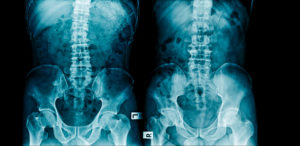
The sideways curvature of the spine in either an “S” or “C” shape is called Scoliosis. Adult degenerative scoliosis (also called adult onset scoliosis) occurs due to the degeneration of the facet joints that help the spine bend smoothly, and the intervertebral discs which absorb the shock between the vertebrae. The cause for this spinal degeneration is different from scoliosis in children or adolescents. This happens slowly over time due to the natural wearing out of the spine due to aging.
Scoliosis can lead to a slight “C” shape as the spine curves abnormally on one side, usually in the low back (lumbar spine) if the degeneration is more prominent on one side of the spine. The term scoliosis refers to any sideways spinal curve of at least 10 degrees.
What Causes Adult Degenerative Scoliosis?
The regular wear and tear that comes with aging results in the degeneration of the facet joints and intervertebral discs. Several factors are responsible for increasing the likelihood of developing scoliosis.
For example, Increasing age, particularly over 50 years, Gender (women are more prone to getting scoliosis, Family history of scoliosis, Genetic defects in the spine, Previous back injuries, Previous back surgeries, Osteoporosis, Being overweight, Bad posture Long-term, repetitive strain on your back or neck, (like carrying a heavy backpack, bag or purse on one shoulder for years). It is also possible that a pre-existing scoliosis as an adolescent or child was never symptomatic, and therefore never detected, but is now progressing as an adult.
What are the Signs and Symptoms of Adult Degenerative Scoliosis?
Sometimes it is possible to have a scoliosis curve of the back and not have any symptoms. Symptoms appear gradually, and vary from person to person. Symptoms of scoliosis can be similar to those of low back osteoarthritis or degenerative disc disease. After all they form part of the same degenerative process.
Symptoms include Dull ache or stiffness that comes and goes, usually in the low back, Pain that is worse in the morning, at the end of the day, or after strenuous activity, Sitting feels better than standing (as sitting takes the weight off the facet joints), Sharp leg pain while walking but goes away with rest, You become shorter (or leg length differs), One shoulder looks higher or more prominent than the other, One side of the hip is higher than the other (which affects your gait), The waist looks flat on one side, The ribs look higher on one side when bending at the waist, The head does not look centred on the body. In more severe cases people may experience Heart and lung damage making it difficult to breathe (as the rib cage twists and reduces space for your organs), Chronic back pain if the curve worsens (which is unlikely), Loss of coordination in your leg muscles, Loss of bladder and bowel control due to pressure on the spinal cord.
As the spine degenerates, the spinal canal gets narrow (spinal stenosis), putting pressure on the spinal nerves, resulting in weakness, tingling, numbness, or sharp, shock-like pain in the back that can radiate down into the legs (sciatica). Pain may be felt in one leg and not in the other.
How is Adult Degenerative Scoliosis Treated?
Most of the time it can be treated at home or with physiotherapy depending on the cause, severity, and likelihood of progression. Treatment can include: Physiotherapy, Medications and Surgery. Non-steroidal anti-inflammatory drugs (NSAIDs) such as ibuprofen or acetaminophen, or medications used to treat inflammation from arthritis, like Celebrex Corticosteroid injections to reduce inflammation and relieve pain Surgery is rare, but is considered only after other less invasive treatments have not helped reduce the pain. Physiotherapy is an important part of rehabilitation Medications cannot be continued long-term. They are used to reduce pain and inflammation in the initial stages. The physiotherapy exercise program will offer long-term benefits and relief. The main purpose of treatment is to reduce pain and maintain quality of life because the curve cannot be corrected as in childhood or adolescence.
Physiotherapy is drug-free and non-surgical and focuses on reducing pain, regaining strength, preventing progression, and increasing mobility, function, and quality of life. Depending on individual needs, physiotherapy may include: Heat and cold therapy based on the PRICE protocol, Stretching, strengthening, and range of motion exercises, Stability and endurance exercises, Hydrotherapy, Activity modification and functional retraining, Bracing, Orthotics to add support and absorb the shock from your regular activities,, Patient education so you feel in control of your condition Postural and ergonomic education, Cross-disciplinary pain-relieving therapies like Interferential current therapy (IFC) or TENS therapy, Therapeutic ultrasound, Manual therapy (joint and soft tissue mobilizations), Acupuncture, Massage therapy, Chiropractic, and Occupational therapy. At our clinic we have notice by using Simply Align Technique which includes advance physical modalities, activity modification and specific exercises we have faster, longer lasting results with reduced healing time.
Are you looking for physiotherapy or a chiropractor? Book an assessment today at EAST (Scarborough) 3630 Lawrence Ave E, Scarborough, ON M1G 1P6 or 200 Marycroft Ave UNIT 6, Woodbridge, ON L4L 5X9, Canada.
Can Adult Degenerative Scoliosis Go Away On Its Own?
No. There is no cure for this condition. However, with proper treatment, it can be managed effectively. There are steps that can enable you to make daily living easier. For example, Minimizing activities that put stress on your back, like bending and lifting, or carrying heavy things, Switching from high-intensity activities like jogging, to low-intensity activities like walking, Using a properly supportive pillow and mattress, Applying heat and cold therapy, Wearing a back brace (to reduce pain) and Using an ergonomic chair at work and home.
Can You Prevent Adult Degenerative Scoliosis?
No, scoliosis cannot be prevented as it is caused by the spine degenerating due to age. However, few steps can help to reduce the chance of developing it such as Exercising regularly, including stretching exercises such as yoga or tai chi (at least 30 minutes every day), Eating a non-inflammatory diet (avoiding sugar, and processed and refined foods), drinking enough water (8 glasses a day), Maintaining a healthy weight (which reduces stress on the facet joints), Practicing good posture, Wearing orthotics and proper, supportive shoes, Using an ergonomic chair at work, Moving around rather than sitting in one position for long periods of time every day, Lightening the load of your purse or bag, or at least alternating between the shoulders.

